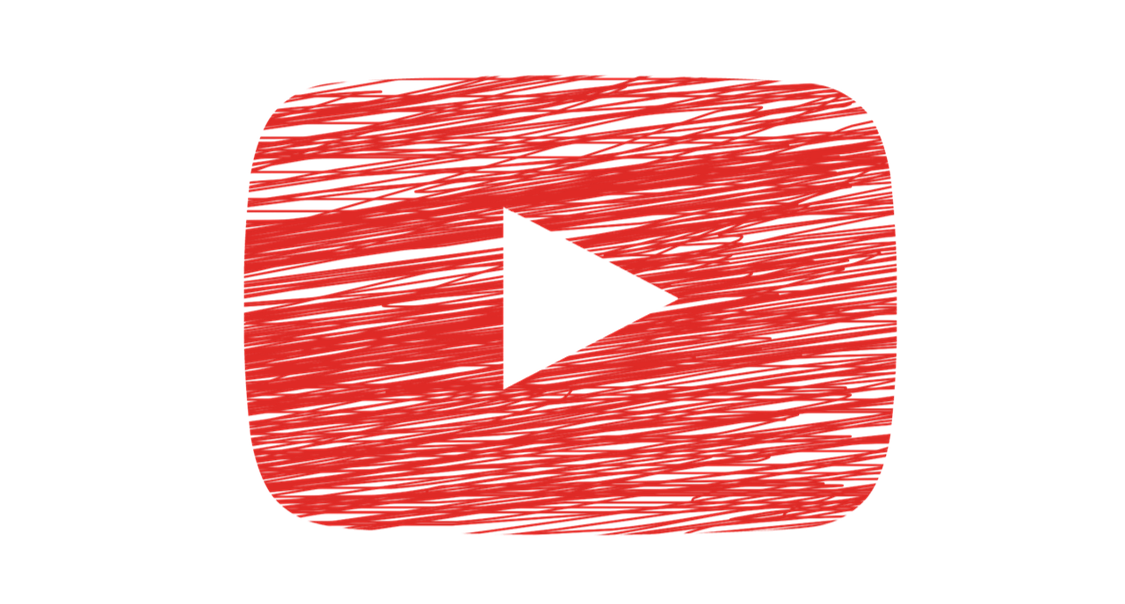 Maybe you missed the big news last week, while you were busy putting out fires, social distancing, trying on masks, and worrying about everything from your finances to you jobs.
Maybe you missed the big news last week, while you were busy putting out fires, social distancing, trying on masks, and worrying about everything from your finances to you jobs.
YouTube turned 15 years-old.
That’s significant because this crowd-sourced platform has rocked our worlds, bringing video to just about every media outlet – including radio.
CNET celebrated this momentous occasion with a story by Gael Fashingbauer Cooper, highlighting the brand. In it, she posted the first ever video on YouTube, created by co-founder Jawed Karim.
Like millions of videos on YouTube that have come since, it’s not very impressive nor is it professional. But in just 18 seconds, Karim demonstrated YouTube’s proof of concept – that any amateur with a video camera (and later a smart phone) could use this open, largely crowd-sourced site
Karim may be an amateur videographer, but he was a big thinker. In fact, he and his team will be remembered as one of the most influential innovators in Internet history. Oddly enough, journalist Cooper says Karim got the idea for YouTube when he missed the Janet Jackson/Justin Timberlake “wardrobe malfunction” at the 2004 Super Bowl. And after searching for it online, he simply couldn’t find a trace of it anywhere.
Thanks to YouTube and the many video platforms that have launched in these past 15 years ago, we can pretty much find any video we want, as well as watch an infinite supply of them that tell us how to tie a Windsor knot, how to change the oil in a 2005 Subaru Forester, and why your iPhone 8’s battery is running down.
That very first YouTube video – aptly titled “Me at the zoo” was shot at the San Diego Zoo, and since then, it has racked up more than 92 million views. It underscored that anyone could become a video producer – a spirit that has permeated YouTube ever since.
Even more impressive was that one year later, Karim and his partners, Steven Chen and Chad Hurly, sold YouTube to Google for $1.65 billion dollars. And in the process, they changed the world.
Clearly, the confluence of other gadgets and platforms contributed in major ways to everyone becoming a video pro. The first generation iPhones, introduced in 2007, featured the ability to shoot video, turbo-charging the growth of YouTube and other channels in the process.
Seemingly every social media brand now has a video component – like Facebook Live and Instagram Live. In many cases, they are the most popular features on their platforms. And then there are the social channels – like TikTok (and Vine before it) – that are 100% comprised of crowd-sourced video.
And in these COVID-19 days, we’re fixated by video chat on brands like Skype, not to mention the rising star of 2020, Zoom. While we’re at home, isolating ourselves from the virus, it is video streaming channels like Netflix, Hulu, Amazon Prime, and Disney+ that are dominating our time. Livestreaming has increased exponentially in just the past several weeks, affording musicians, entertainers, celebrities, and politicians the ability to do their own version of “live TV,” without any involvement from a traditional TV network or cable channels.
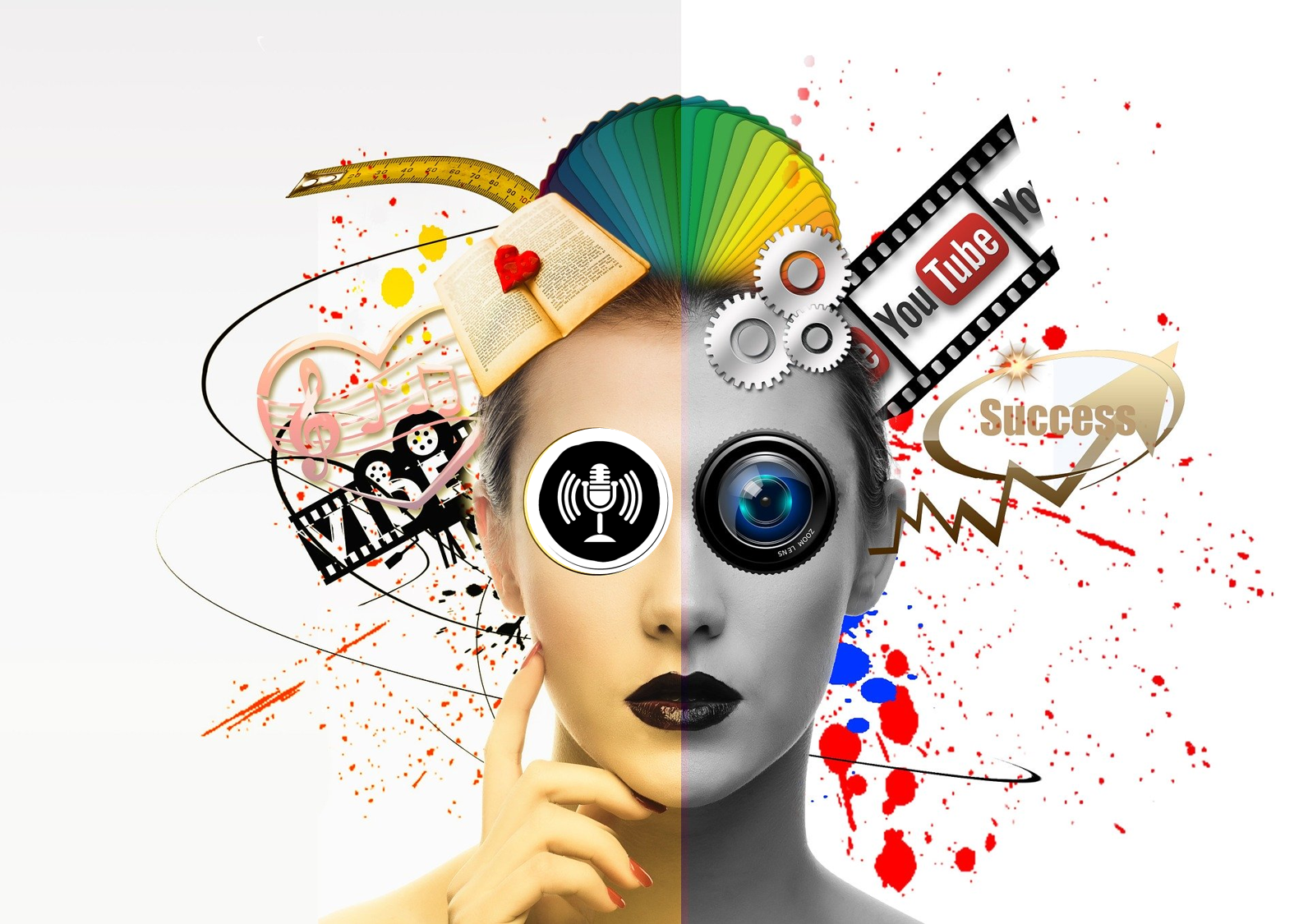 And then there’s radio and video – a combination that used to sound oxymoronic. Yet, it is no longer surprising to run into a video specialist (or two) on station staffs whose time is consumed by writing, editing, and posting videos for both the programming and sales departments. As programmers, sellers, and digital managers have quickly learned, producing video content stimulates more internal demand, thanks to downloads, views, presentations – and other ways to creatively depict the brand, its personality, and its local roots.
And then there’s radio and video – a combination that used to sound oxymoronic. Yet, it is no longer surprising to run into a video specialist (or two) on station staffs whose time is consumed by writing, editing, and posting videos for both the programming and sales departments. As programmers, sellers, and digital managers have quickly learned, producing video content stimulates more internal demand, thanks to downloads, views, presentations – and other ways to creatively depict the brand, its personality, and its local roots.
Video cameras are increasingly finding their way into air studios, despite the fact radio’s core tenet is that it’s a medium famous for being “theater of the mind.” And we know from our Techsurveys, many more core radio listeners stream video every week than they stream audio.
And as we’re rapidly discovering, the coronavirus is bringing us closer to many people in our lives via video screens. The medium is already transforming education, medicine, religious gatherings, and for the time being, socializing. Dating apps have now pivoted to virtual dates.
Over the past few years, as technology continues to improve and evolve, most media brands have reached the conclusion that video must be part of their content entertainment menu. Whether it’s the Wall Street Journal, NPR, or Cosmopolitan, multitudes of media brands have incorporated video into their storytelling and fact-finding efforts.
And video makes the presentation of music all that more compelling. MTV broke that barrier in 1981, and now we’re accustomed to “seeing” music and the performers from the present and the past who we know and love.
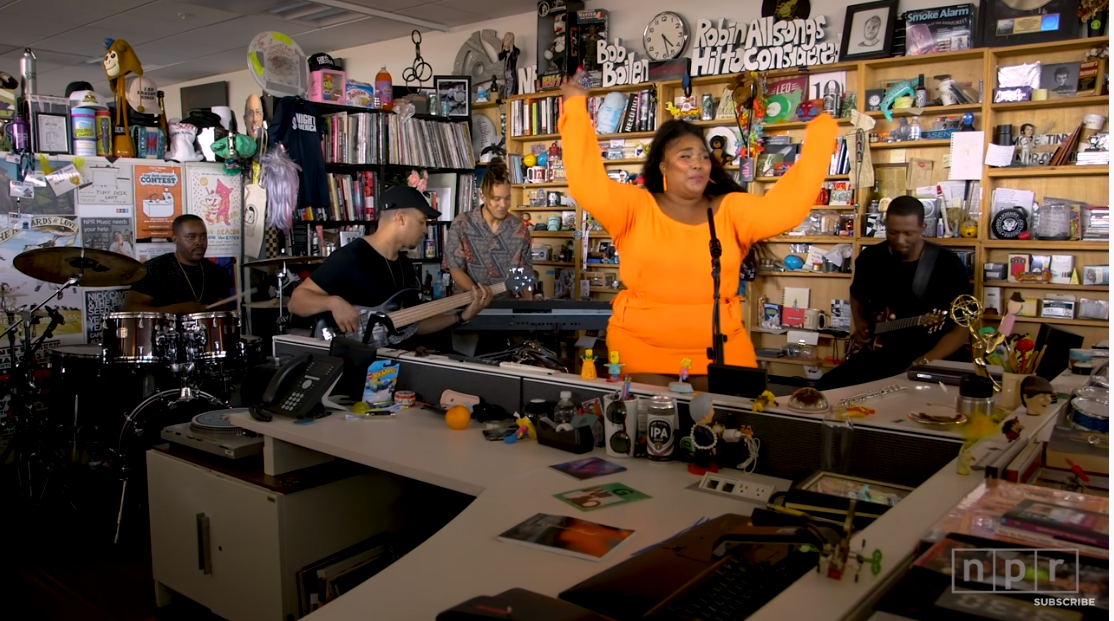
NPR’s “Tiny Desk Concerts” is a case in point – a quaint, homegrown music series that is intimate, unique, and yes, highly visual. It features Indie and Triple A groups on the one hand, as well as superstars like Adele.
One week, it may be a set with Chance the Rapper; another, it may be the beautiful acoustical guitar work of Rodrigo y Gabriela. These sessions take place at “All Songs Considered” host Bob Boilen‘s desk. (These days, the “Tiny Desk” is WFH.)
Started way back in 2008 as the video revolution was taking flight, it has become an excellent showcase for the musical side of NPR, highlighting artists in a unique setting.
And NPR Music’s YouTube channel is dangerously close to reaching the 4 million subscriber mark – an impressive data point achievement for U.S. radio’s most credible news source.
You can learn more about these homey musical video sessions on NPR’s YouTube channel.
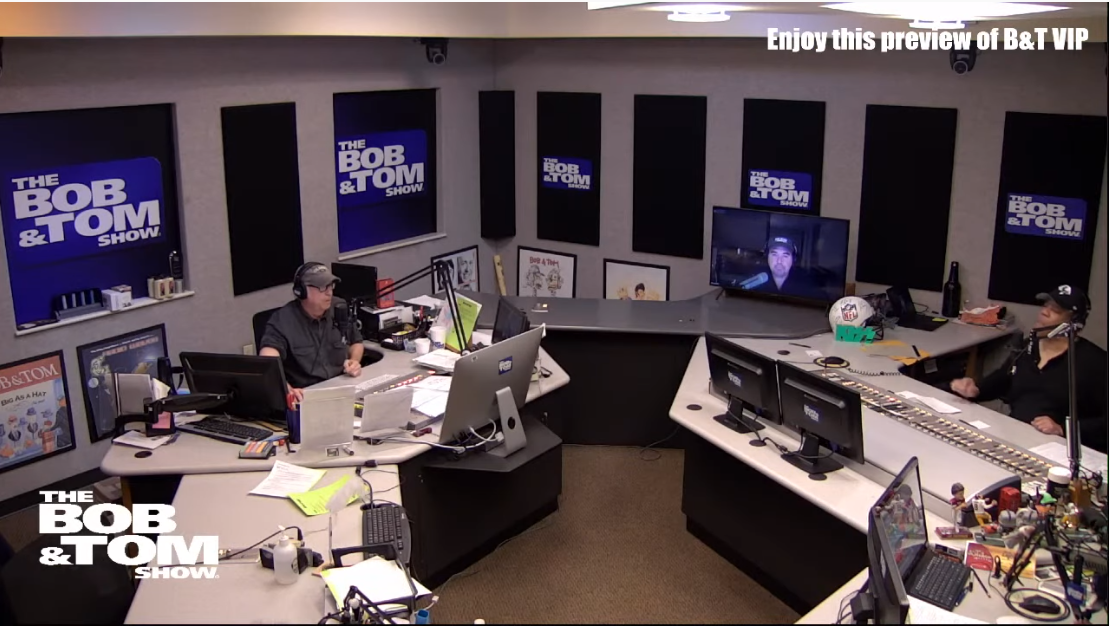 Commercial radio shows are also utilizing video in more creative and strategic ways. “The Bob & Tom Show” is now posting each day’s morning mayhem on YouTube, a channel that has now racked up nearly 100,000 subscribers for the venerable morning team.
Commercial radio shows are also utilizing video in more creative and strategic ways. “The Bob & Tom Show” is now posting each day’s morning mayhem on YouTube, a channel that has now racked up nearly 100,000 subscribers for the venerable morning team.
At a time when marketing dollars are scarce – or non-existent – the ease, familiarity, and mass exposure of a channel like YouTube provides a simple all-access pass to go behind the scenes to watch the cast interact – even during commercial breaks. As fewer people are commuting – at least for the time being – popping on an ensemble show like this on a screen is a great way to both listen and watch.
It also is a great way for a syndicated show to reach fans and new devotees in markets where the show is not currently affiliated. And at a time when radio personalities are often under-exposed by their companies, YouTube provides a familiar and credible video shopping mall for shows, teams, and features.
Sports Hub in Boston (WBZ-FM/Beasley) – one of America’s most successful sports stations – does a wonderful job integrating video in to their programming menu. One of my favorites is how their afternoon drive show, “Felger & Mazz,” integrate video.
In their case, it’s “The Fuppets” the animated alter-egos of the cast. These videos 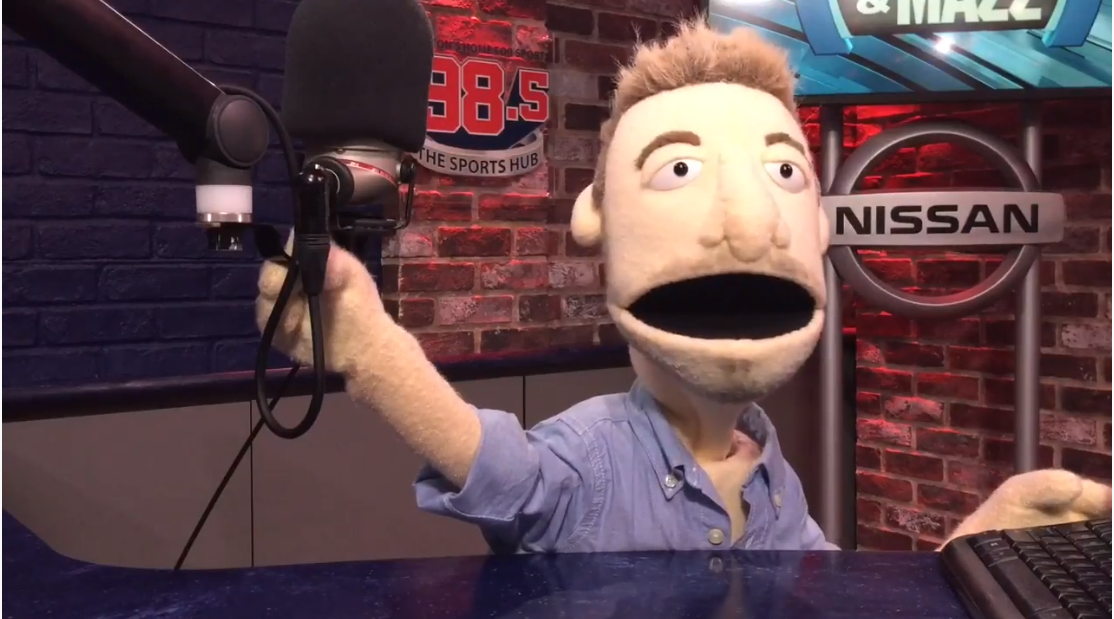 depict the show’s segments in a way that is fun, self-deprecating, buzzworthy, and clever. It’s another great example of how video can enhance – and expand – a brand.
depict the show’s segments in a way that is fun, self-deprecating, buzzworthy, and clever. It’s another great example of how video can enhance – and expand – a brand.
And finally, it’s ALT94/9 (Entercom) in San Diego. We often talk about the importance broadcast radio reinforcing other distribution outlets especially during this stay-at-home environment most of us find ourselves in.
It has become especially important to remind the audience all the different gadgets – notably mobile, smart speakers, and laptops – where the station can now be heard. And video becomes an important tool for demonstrating how easy it is for radio to be heard on these gadgets, all of which are more prevalent in homes than “regular radios.”
The station put its morning guy, Jack, to work. And the result is a series of short videos that humorously demonstrate the proper voice commands that instruct Alexa how to tune in the station.
And then there are the video opportunities that have sprung up around the virus outbreak. That’s where Connoisseur Media’s video spin-off – Ferocious Content – jumped into action.
This video from the city of Bridgeport, CT, shows off what a sharp group of videographers can do when they’re turned loose. And as Connoisseur’s CEO Jeff Warshaw told me, “It is so fun to start up these businesses with hungry and talented people.” Not to mention, it can be profitable, especially for local businesses and organizations hoping to get a leg up over their competitors.
Since the early 1950’s, when TV disrupted everything, a half century has elapsed in which radio has – for all intents and purposes – been unable to participate in the revolution. Over the past decades, stations and shows have had varying degrees of success partnering with networks, cable companies, and local television affiliates on fleeting projects. But none can touch the sensation of creating and publishing video available any time on any screen.
The phrase,“skill up in your down time,” has made the rounds since COVID-19 ushered in waves of layoffs, axings, furloughs, and even cutbacks in hours. I’ve had many of these dislocated radio pros ask me about how they might spend all this excess time at home, when it’s difficult to find that next radio job – assuming it still exists.
While learning how to play the clarinet, brewing craft beer, or finally figuring out how to play Bridge are fun and interesting ways to kill time, my best advice would be to pursue – and hopefully, master – video production skills: writing, producing, shooting, and editing. Equipment has never been more affordable (yes, your phone is a great place to start), and access via site like YouTube and others is just a click away.
There will be a market for this long past the time when COVID-19 is in our rear-view mirrors – whether we’re talking radio or other job categories.
And you can find all the great tutorials you need with just a couple off clicks on YouTube.
- Media And Technology In 2025: Believe It Or Not! - April 18, 2025
- In Radio, You Just Never Know - April 17, 2025
- The Secret To Making A Great Podcast (And Great Radio) - April 16, 2025




Leave a Reply